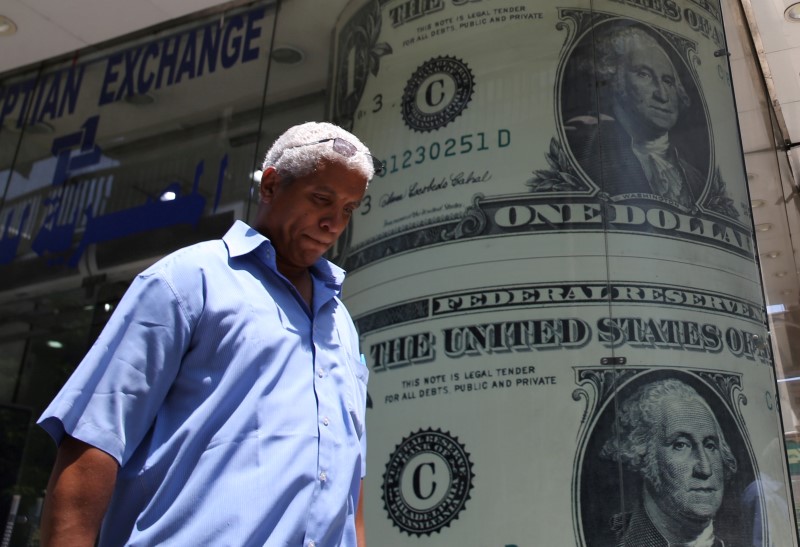Investing.com – The U.S. dollar slipped lower in early European trade Friday, adding to the previous session’s sharp losses after the U.S. Congress approved the debt ceiling bill, while traders awaited the widely watched monthly payrolls release.
At 02:55 ET (06:55 GMT), the , which tracks the greenback against a basket of six other currencies, traded 0.1% lower at 103.433, near a one-week low.
The index dropped 0.6% on Thursday, its worst day in almost a month, and is on course to fall 0.7% this week, which would be its worst week since mid-January.
The U.S. Senate late Thursday passed legislation lifting the government’s $31.4 trillion debt ceiling, a day after the House of Representatives had done the same.
The bill now heads to the White House for President Joe Biden to sign it into law, averting what would have been a first-ever default as the Treasury Department had warned it would be unable to pay all its bills on June 5 if Congress failed to act by then.
This news has hit the dollar, which had been a key beneficiary of the uncertainty because of its safe-haven status.
Attention now turns to the release later Friday of the official monthly U.S. , which is expected to show that the largest economy in the world added 180,000 jobs in May.
The jobs report will be one of the last pieces of data before the Fed’s June meeting and could help to determine whether the agrees to pause its 14-month rate hiking campaign.
This likelihood appeared to grow over the last couple of days after both Philadelphia Fed President and Fed Governor came out in favor of such a move.
Elsewhere, rose 0.1% to 1.0773, climbing to a one-week high after European Central Bank President pointed to further hikes even as the May release came in weaker than expected on Thursday.
“Inflation is too high and it is set to remain so for too long,” Lagarde said on Thursday, in a speech in Germany.
Data released Friday showed that rose 0.8% on the month in April, above the 0.3% growth expected.
This is a considerable improvement from the previous month’s 1.1% fall and points to resilience in the second largest economy in the eurozone, something the ECB will take into account.
rose 0.1% to 1.2544, rose 0.1% to 138.88, after dropping to as low as 138.44 on Thursday for the first time since May 24, while rose 0.6% to 0.6611.
The Australian dollar was boosted by the news that the country’s independent wage-setting body will raise the minimum wage by 5.75% from July 1, adding to inflation worries.
The meets next week, and this has lifted expectations of a quarter-point rate hike.
Read the full article here
